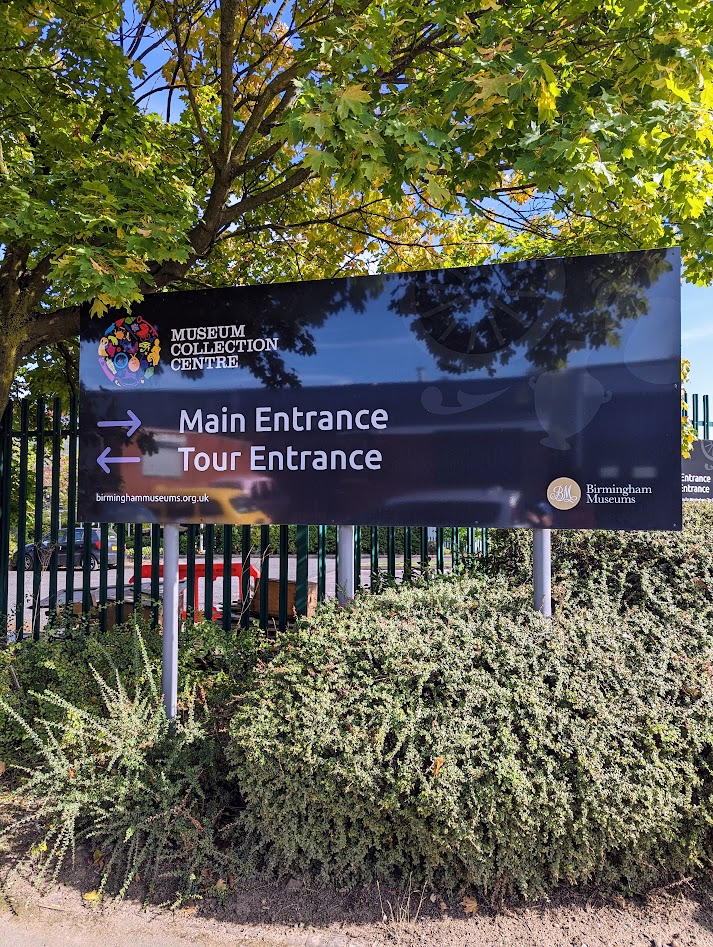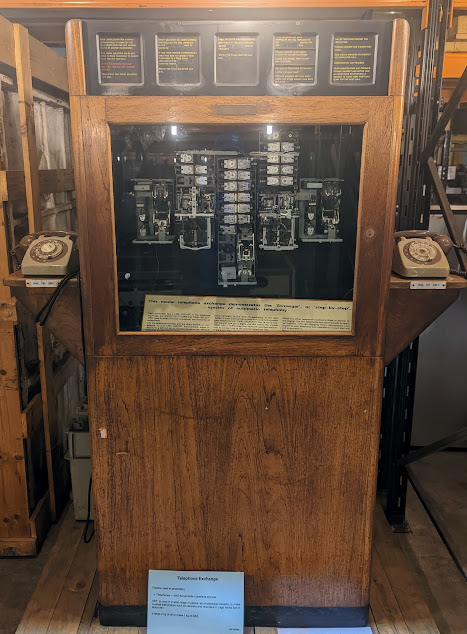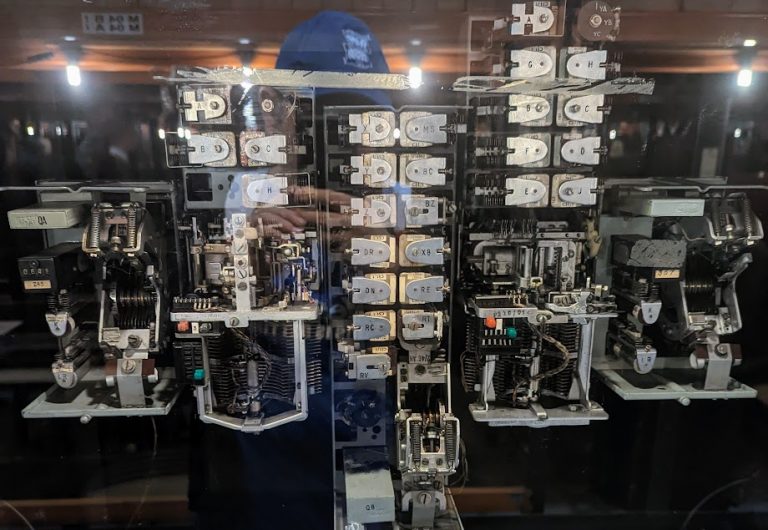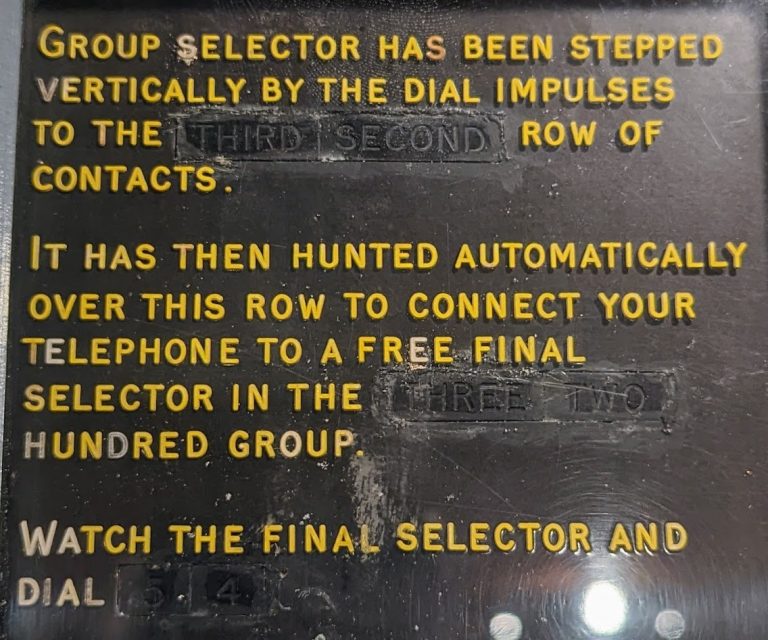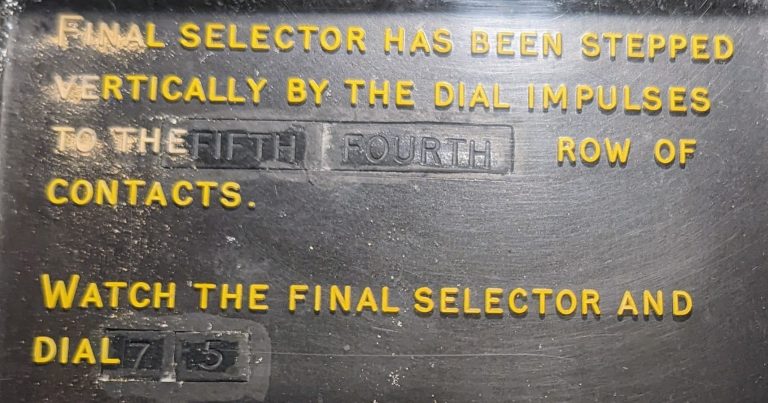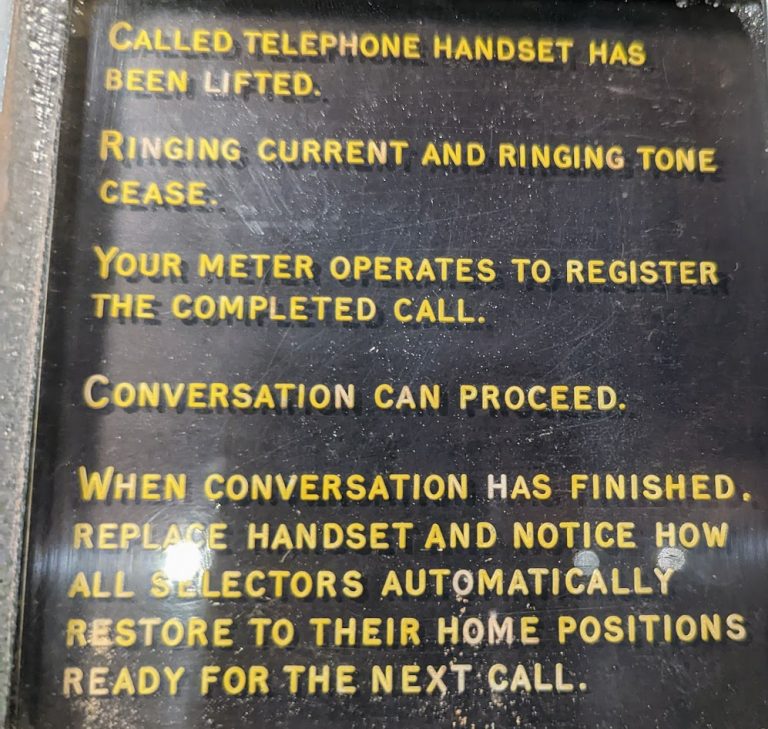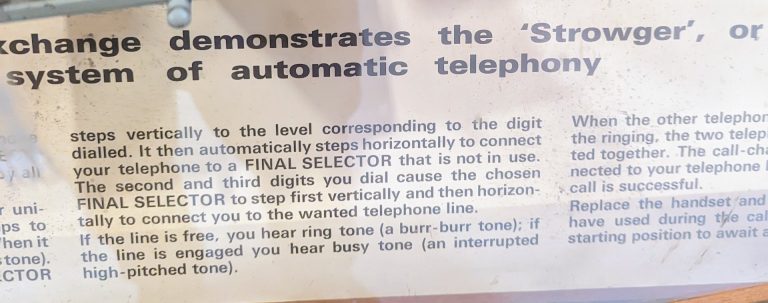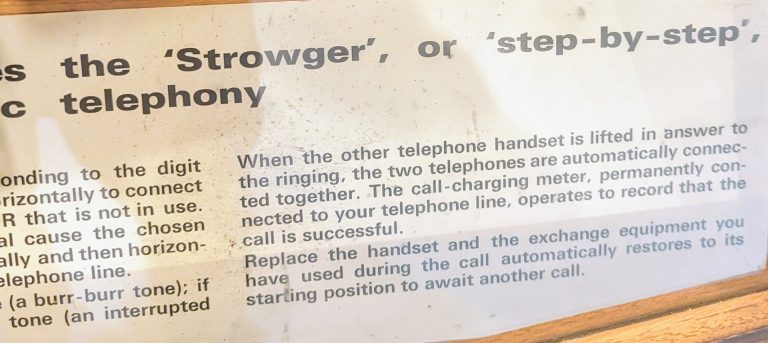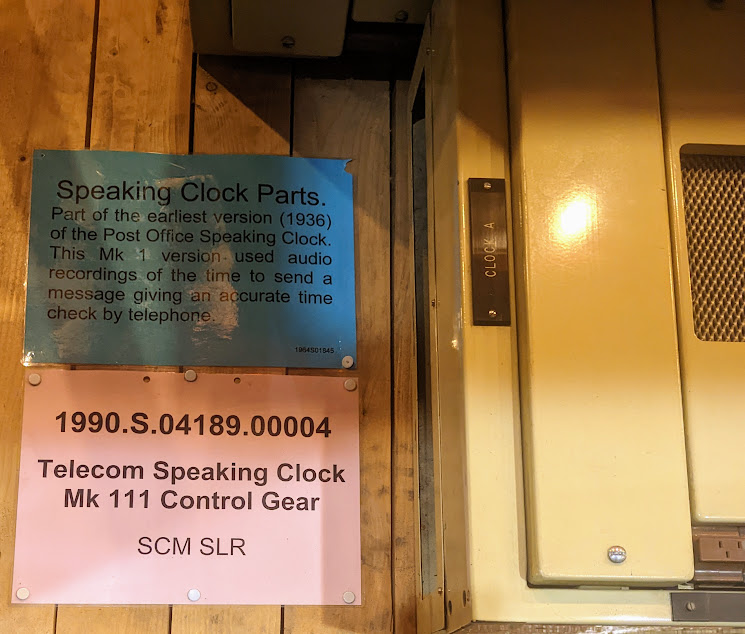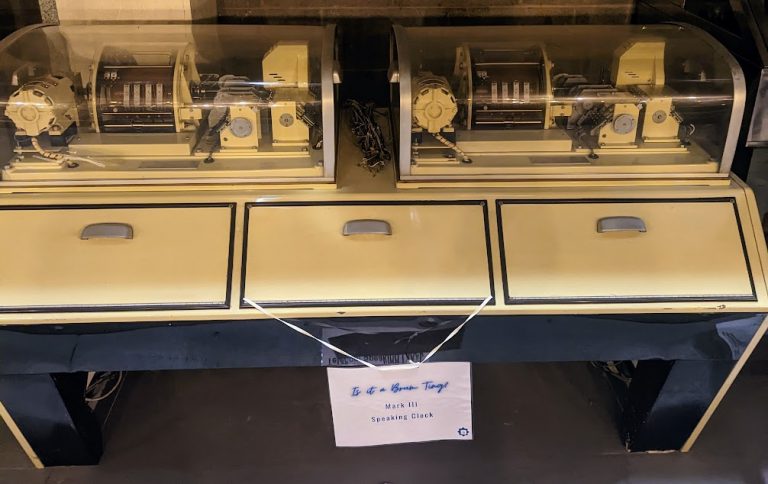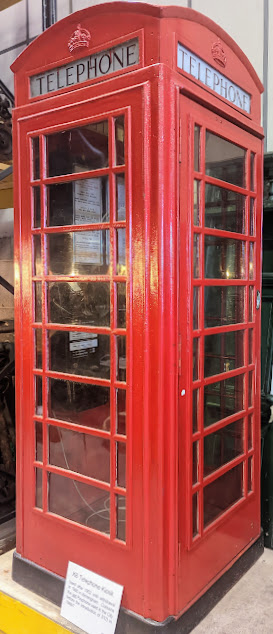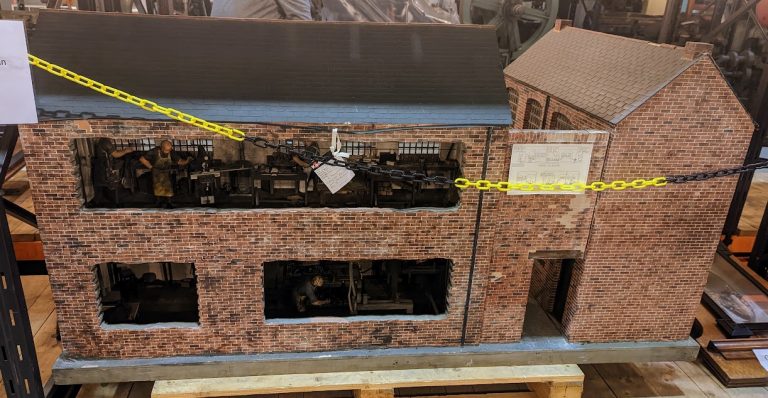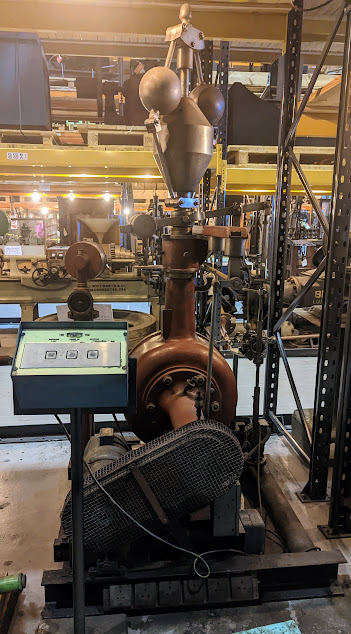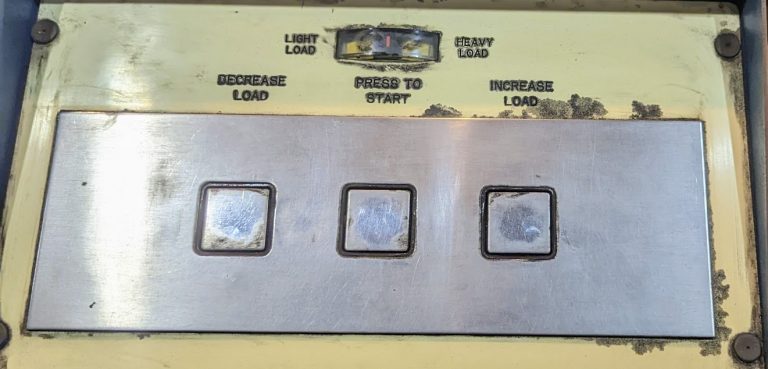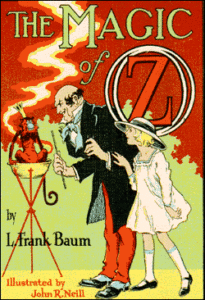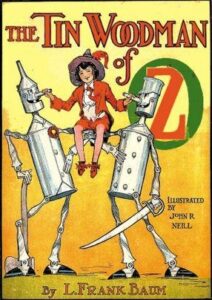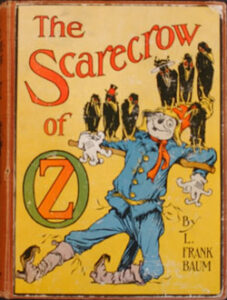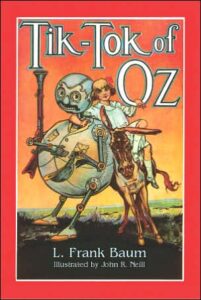
Here are more photos I took on my first visit to the Museum Collection Centre on 17/09/22.

This sign hung on the HP Sauce factory in Aston, Birmingham until the building closed down in 2007 and was demolished.
Read about HP Sauce here.
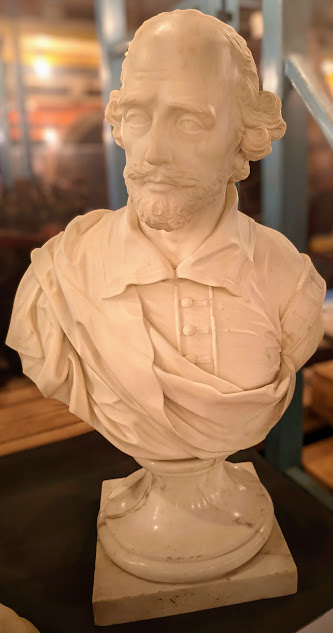
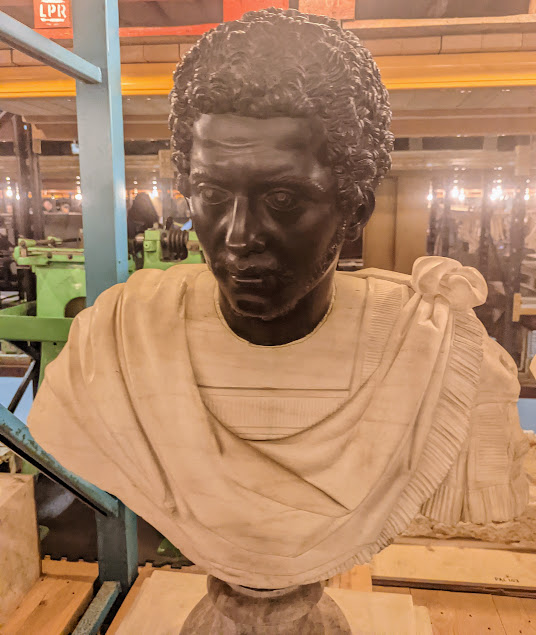
Vitellius was the Roman emperor from the 19th of April AD to the 20th of December AD 69 following the quick succession of the previous emperors Galba and Otho, in a year of civil war known as the year of the Four Emperors.
Read about Vitellius here.
Read about Roman Emperors here.
Read about the Roman Army here.
Read about the Roman Empire here.
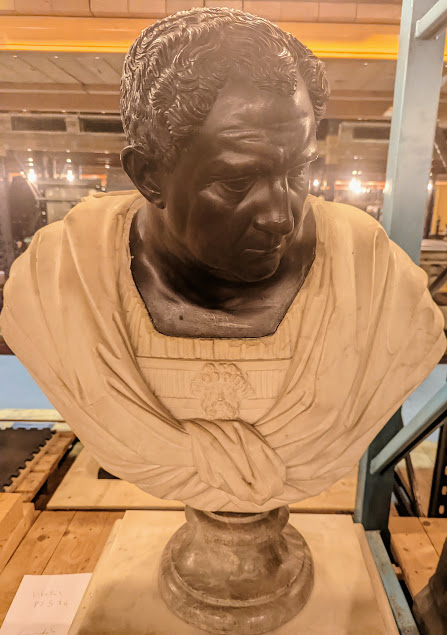
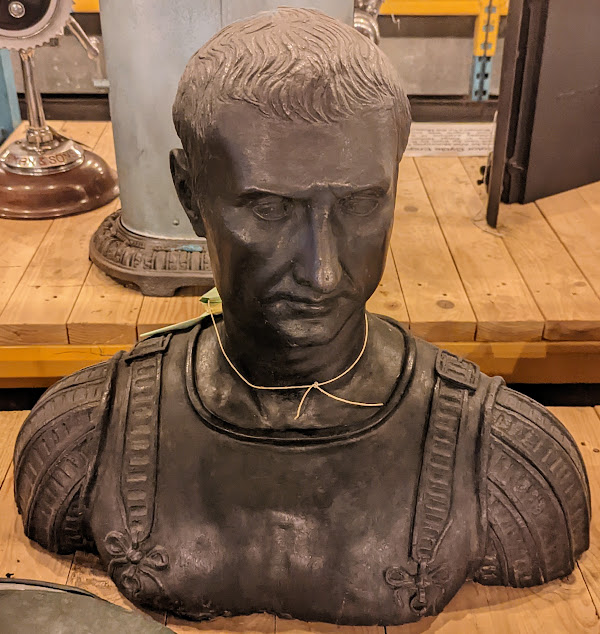
This Bronze sculpture from the 15th/16th Century, Florentine, Italy, is of an unknown man in Roman armour. The Roman Empire wore standardised dress and armour, but this was not part of their culture and there were many differences in detail. Surviving fragments of clothing suggest the basic tunic of the Roman soldier was red or undyed wool. Senior Roman soldiers wore white cloaks and feathered plumes.
Read about the Roman Army here.
Read about the Roman Empire here.
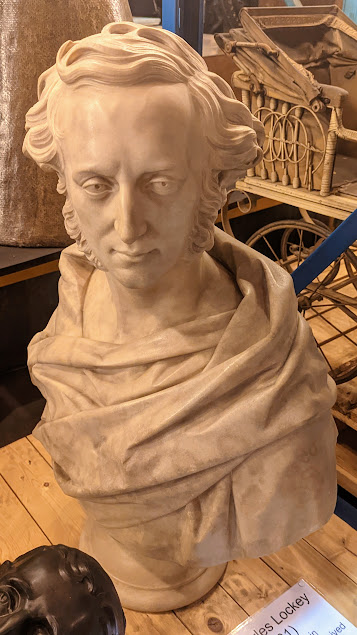
Lockey was the tenor soloist in Mendelssohn’s Elijah which received its premiere at Birmingham Town Hall in 1846.
Read about Lockey here.
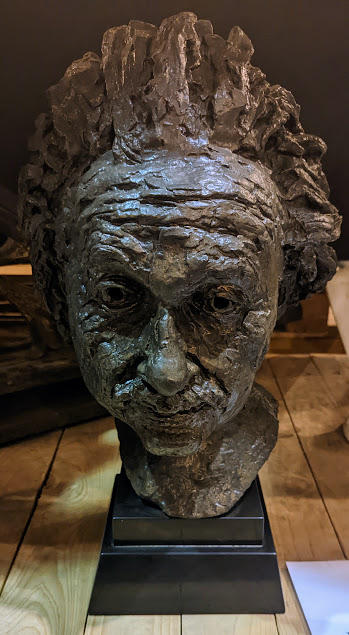
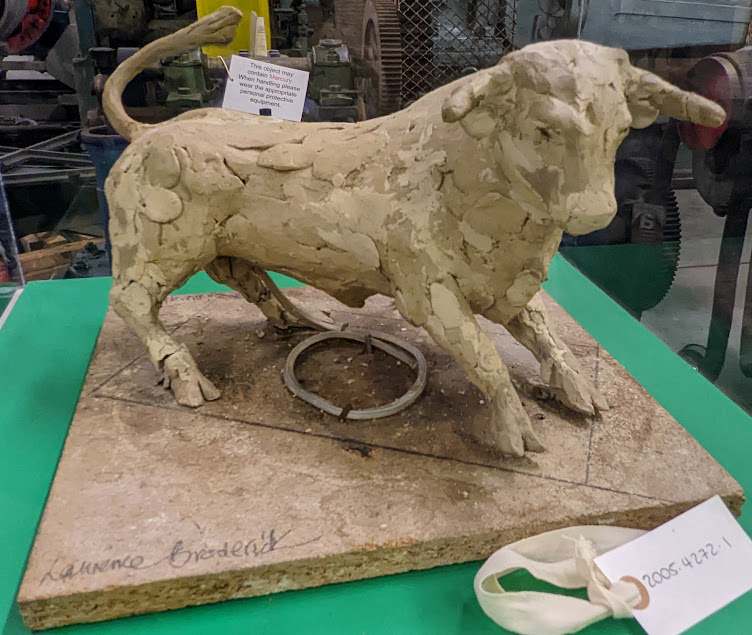
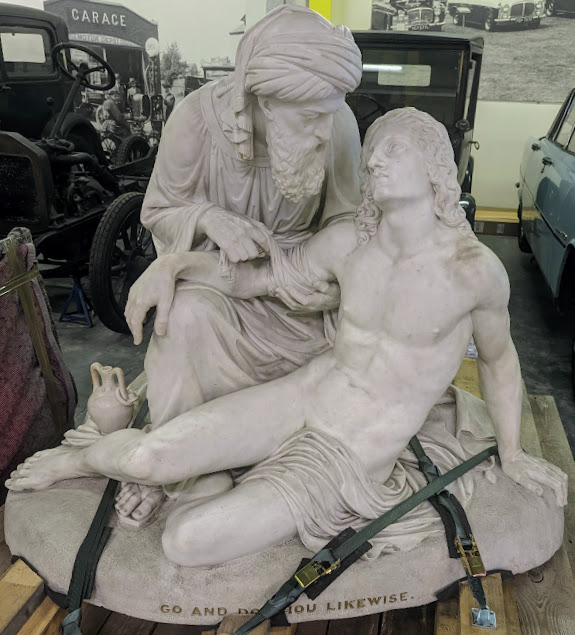
This statue was placed in the front entrance hall of Cheltenham General Hospital in 1853, as the result of the exertions of Charles Fowler Esq., the senior surgeon of the Hospital at the time and public subscription. The commission was awarded to the sculptor, Holm Cardwell, who was born in Manchester in 1820 and studied in Paris and in London, before making his permanent home in Italy.
The two figures were sculpted from a single piece of Italian white marble and depict the Good Samaritan tending to the man who had fallen amongst thieves. The statue remained in the front hall of the hospital on a large plinth until the late 1960’s; the redevelopment of that part of the hospital to provide more space for patients facilities resulted in its removal from the hospital and it was presented to the Birmingham Museum and Art Gallery.
The statue subsequently remained in store in Birmingham until 1992, when (thanks largely to the efforts of Mr. Charles Massey, a grateful patient of the hospital) it was returned on a permanent loan to Cheltenham General, so that it would be available to be put on permanent display again, as soon as a suitable location could be found. It proved possible to find a site at the entrance to the new Day and Endoscopy Units, which were formally opened in December 1994.
The statue was formally welcomed back to the Hospital by Mr. Clive Thompson JP, Chairman of the East Gloucestershire NHS Trust, on Tuesday 24th of January, 1995.
It is now, in the meantime, back in storage in the Museum Collection Centre, Birmingham.
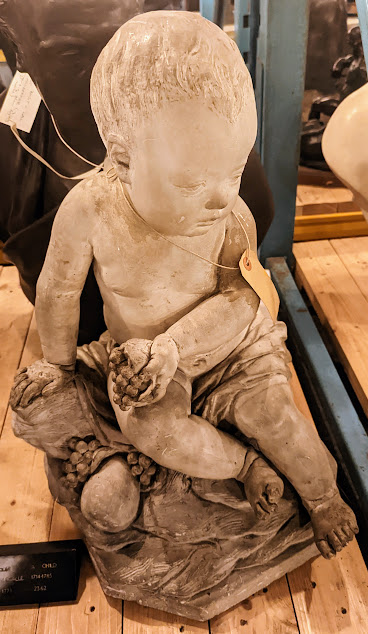
This plaster sculpture of Cheron as a child by Jean-Baptise Pigalle (1714 – 1785) is dated 1775.
Read about Pigalle here.
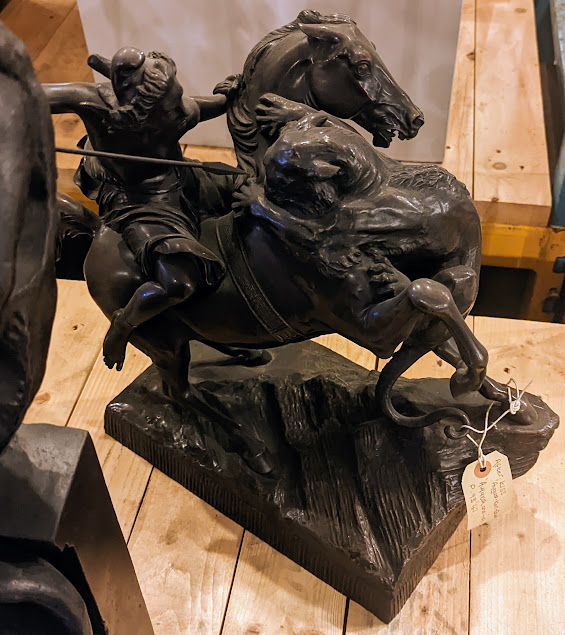
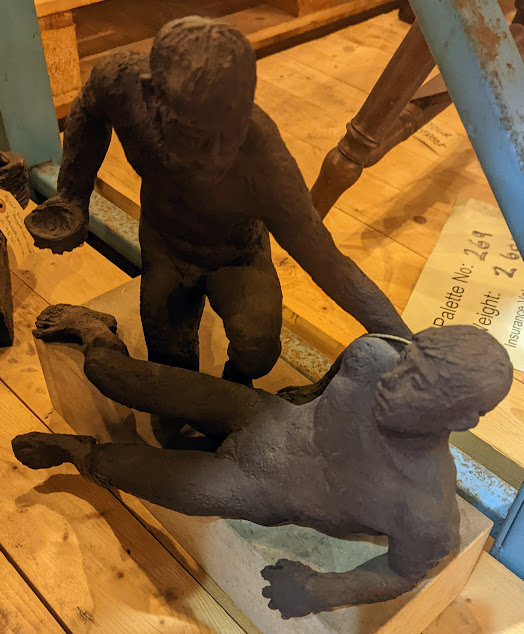
This sculpture was made by Uli Nimptsch (1897 – 1977). Marquette for a sculpture commissioned in 1963 and sited outside Selly Oak Hospital, Birmingham. The sculpture comprises two male nudes, one lying down and the other kneeling over him, holding a bowl, a pose suggesting the compassion of the title. Nimptsch was born in Berlin in 1897, the younger son of a Berlin Stock Broker. He studied sculpture at the Berlin Academy and spent time working in Rome, Paris and Germany, but left during the 2nd World War for Switzerland in order to protect his wife who was Jewish.
Read about Nimptsch here.
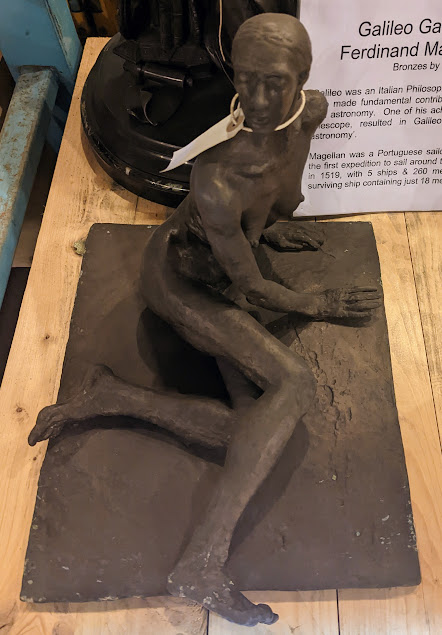
This sculpture was made by Sir Jacob Epstein (1880 – 1959). Epstein was born in New York and studied drawing while working in a bronze factory. In 1902 he went to the Ecole des Beaux-Arts and the Academie Julian in Paris, before settling in London in 1905. The sitter for this early bust in 1911 was Nan Condron, a gypsy and professional artist’s model, whom Epstein met at the Cafe Royal.
Read about Epstein here.
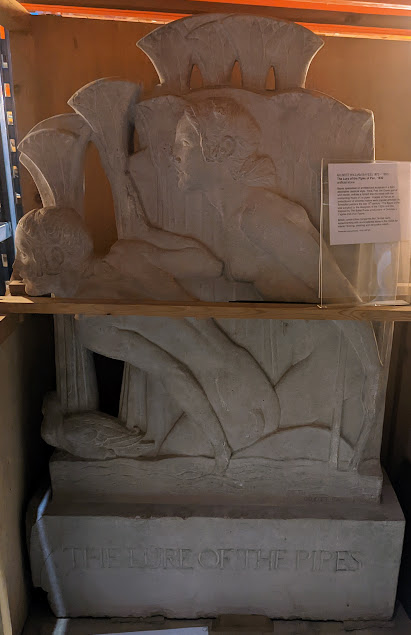
This sculpture made in 1932 by Gilbert William Bayes (1872 – 1953) is carved from reconstituted stone. Construction companies like Tarmac had been experimenting with this material since the 1920’s.
Read about Bayes here.
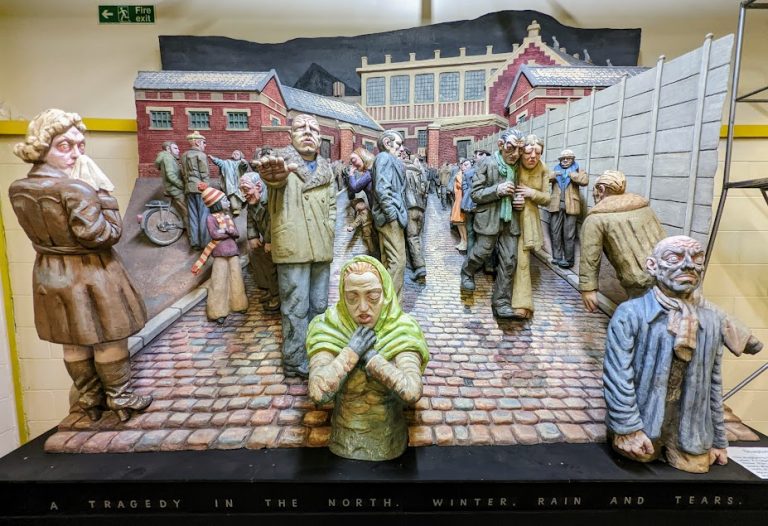
This sculpture by Raymond Mason depicts a scene after a mining disaster in the north of France. It is made from epoxy resin and painted with acrylic. He also designed the iconic Forward statue in Birmingham’s Centenary Square which was destroyed by a fire in 2003.
Read about Mason here.
Read about the mining disaster here.
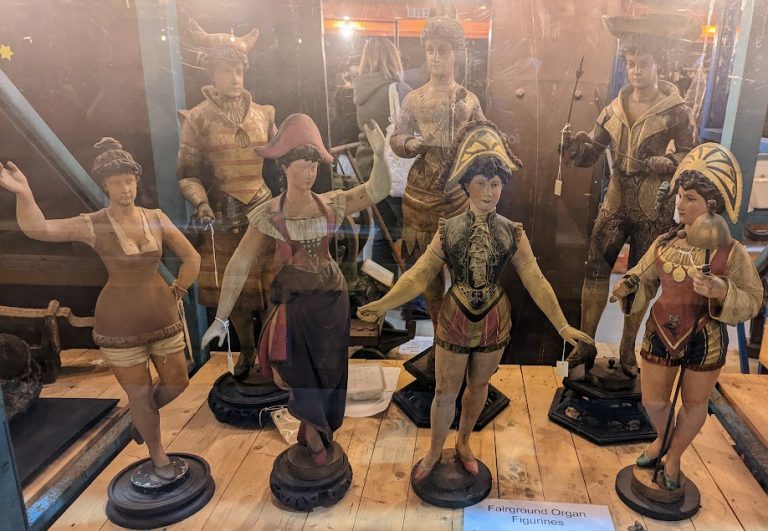
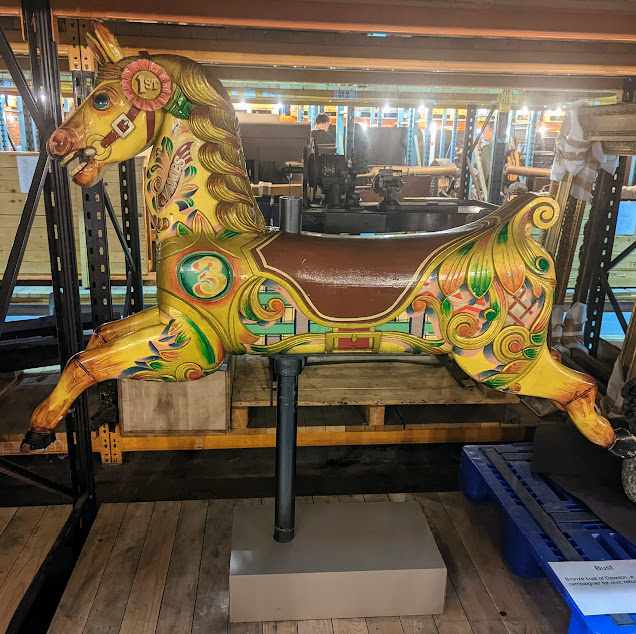
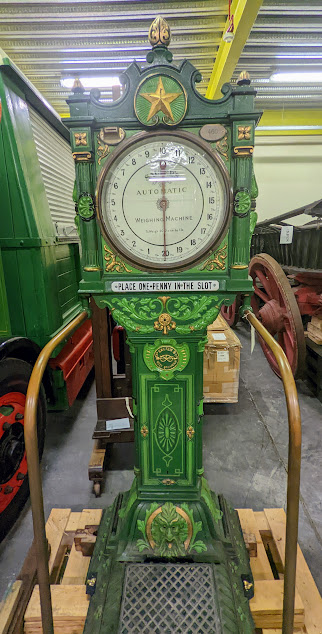
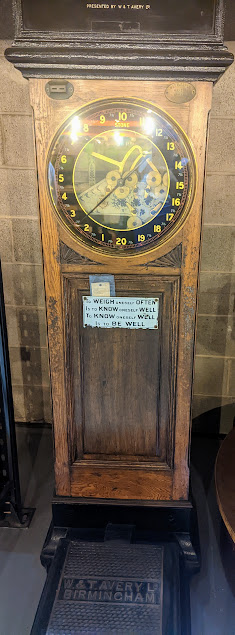
Weighing Machines
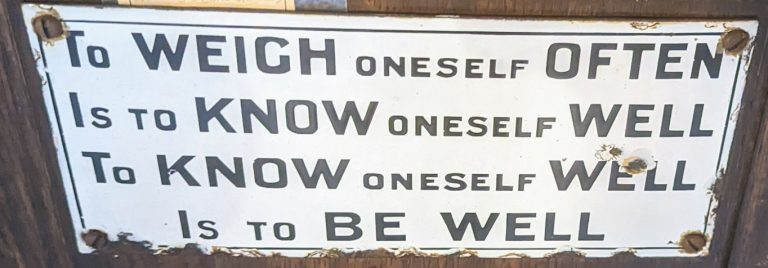
Blog Posts
Local History: The Museum Collection Centre.
The Museum Collection: Photos – Page 1.
The Museum Collection: Photos – Page 3.
The Museum Collection: Photos – Page 4.
The Museum Collection: Photos – Page 5.
The Museum Collection: Photos – Page 6.
The Museum Collection: Photos – Page 7.
The Museum Collection: Photos – Page 8.
Notes And Links
All the above images are copyright of Frank Parker.
Museum Collection Centre on Facebook.
Museum Collection Centre on Twitter.
Birmingham Museums Collection – Find out more about Birmingham’s collections including art and design, human history, natural science and science and industry categories. Each category contains sub-categories full of useful information and great photos.
Birmingham Museums Trust’s Digital Asset Resource – Official website. There is no registration or log-in required to use this website for out-of-copyright collection images Download free Public Domain image files up to 3mb in size with free Creative Commons licenses. You are entitled to unlimited downloads. Also download free Audio Files complete with a license. These can be downloaded for non-commercial use only and attribution is required.
BirminghamMAG – Official YouTube channel. Birmingham Museums and Art Gallery provide world-class museums at the cultural heart of Birmingham.
Birmingham Museums – Official website.
Thinktank: Birmingham Science Museum – Official website.
Birmingham Museum And Art Gallery – Official website.
Aston Hall – Official website.
Blakesley Hall – Official website.
Museum Of The Jewellery Quarter – Official website.
Sarehole Mill – Official website.
Soho House – Official website.
Weoly Castle – Official website.
Wikipedia – Official website. This is a free encyclopedia that anyone can edit.
